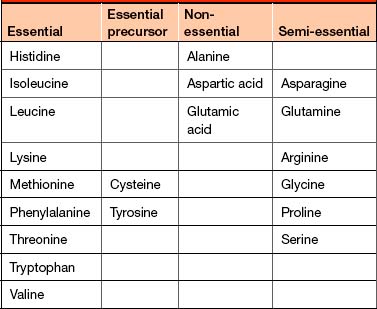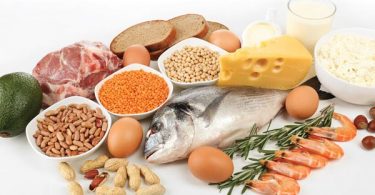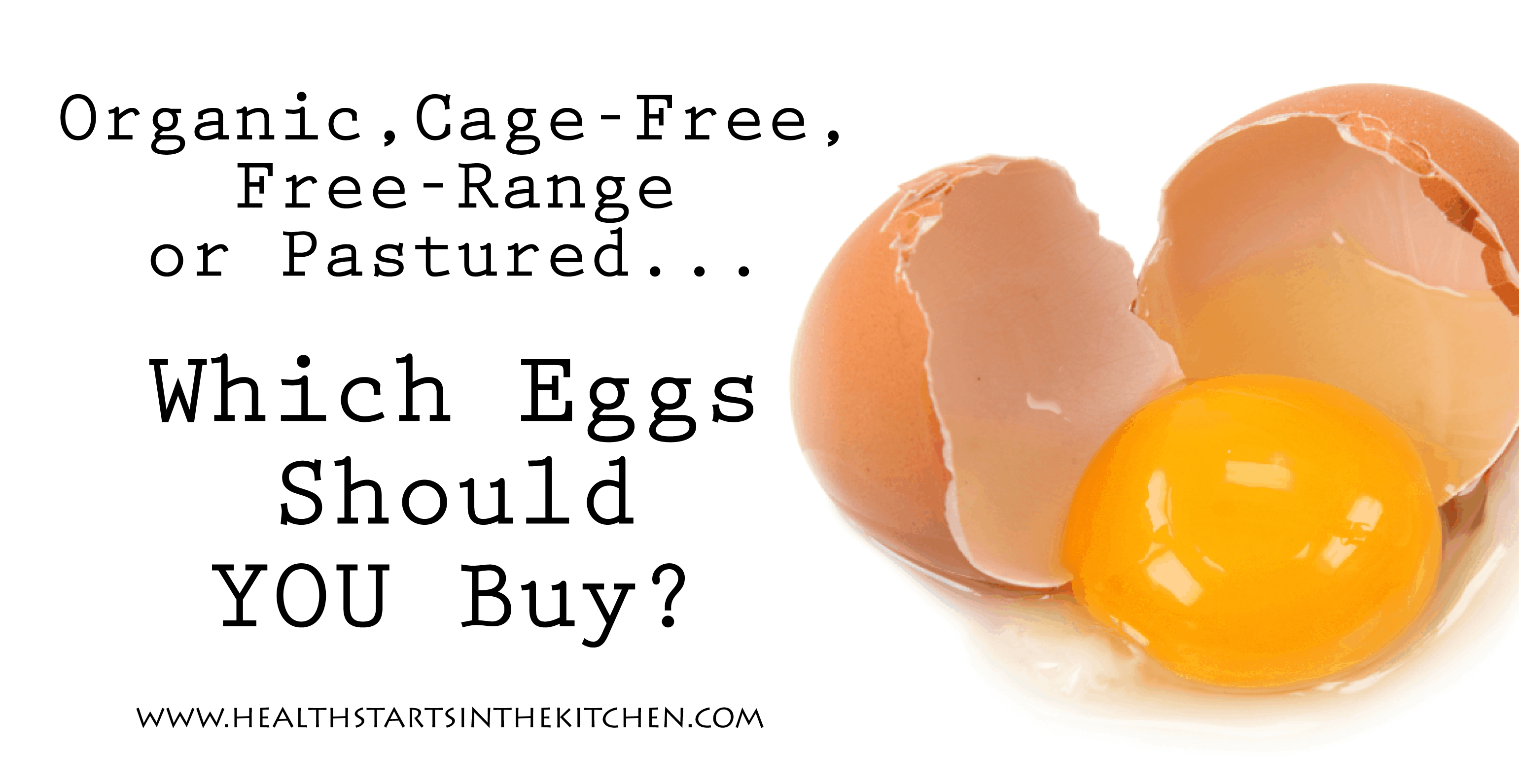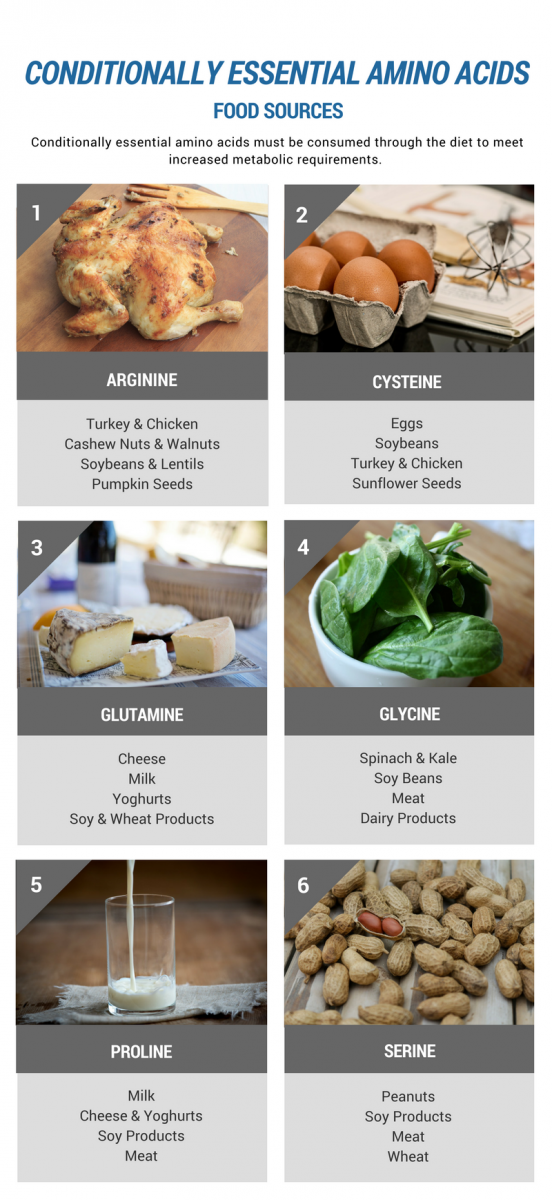41 what are amino acids on food labels
Interactive Nutrition Facts Label - Food and Drug ... Essential amino acids are required for normal body functioning, but they cannot be made by the body and must be obtained from food. Of the 20 amino acids, 9 are considered essential. Nonessential... Let's Talk Amino Acids and Protein - Private Label ... There are nine amino acids that are considered essential: • Isoleucine • Leucine • Lysine • Methionine • Phenylalanine • Threonine • Tryptophan • Valine • Histidine. What your average Private Label Weight Loss Supplement purchaser might not realize is that not all foods contain all nine essential amino acids.
› genetics-glossary › Amino-AcidsAmino Acids - Genome.gov The term amino acid has seeped into common language, such as to market food products. You may have seen lists of foods with "high amounts of amino acids," such as eggs or quinoa. And now when you see those labels, you will know that they're referring to a fundamental component of your proteins that is not static, but functional on a daily basis.

What are amino acids on food labels
CRN Guidelines for Labeling of Protein in Dietary ... While amino acids are the building blocks of protein, the addition of individual amino acids to a protein product may not stimulate protein synthesis in the body. High quality protein provides all of the amino acids required by the body, in the proper ratios, to allow for optimal rates of protein synthesis for physiological functions. 6 Benefits of Liquid Aminos (Plus Potential Downsides) Amino acids are the building blocks of proteins. They are very important for building muscle, regulating gene expression, cell signaling, and immunity (1, 2).There are two types of amino acids ... › worst-cat-foods7 Worst Cat Foods 2022 – How to Choose a Quality Food May 23, 2021 · Amino Acids: There are 10 vital amino acids your cat must have his or her diet. Two of the most important amino acids are taurine and arginine. Arginine is vital in helping filter ammonia from the bloodstream. Taurine is necessary for metabolic function. Without taurine, heart failure is a major risk. Fatty Acids: Omega-3 and omega-6 fatty ...
What are amino acids on food labels. Dietary Supplement Labeling Guide: Chapter I. General ... Five statements are required: 1) the statement of identity (name of the dietary supplement), 2) the net quantity of contents statement (amount of the dietary supplement), 3) the nutrition labeling,... How to Read Food Labels for a Heart-Healthy Diet | Johns ... Partially hydrogenated oil Omega-3 fatty acid Olive oil Butter What's important to know about the first ingredient listed on a label? It's the healthiest. It's in the largest quantity. It's first due to alphabetical order. What words should I look out for that mean sugar? High-fructose corn syrup Agave nectar Dehydrated cane juice All of the above Overview of Protein Labeling | Thermo Fisher Scientific - US Metabolic labeling is a method to label all nucleic acids or proteins in a cell by culturing them with labeled nucleotides or amino acids, respectively. Prolonged cell culture in media containing labeled nucleic acids or amino acids results in all DNA, RNA or proteins becoming labeled via DNA replication, translation and protein turnover. Dietary Supplement Labeling Guide: Chapter IV. Nutrition ... A measurable amount is an amount that exceeds the amount that can be declared as "zero" in the nutrition label of conventional foods, as specified in 21 CFR 101.9 (c). If present in a measurable...
health.clevelandclinic.org › is-whey-protein-goodWhey Protein: Health Benefits and Potential Side Effects Jan 04, 2021 · Amino acids and whey protein. Whey protein is a complete protein, containing all nine essential amino acids. “Amino acids are important for many functions in the body, from building muscle to ... PDF Interactive Nutrition Facts Label - Food and Drug ... obtained from food. Of the 20 amino acids, 9 are considered essential. • Nonessential amino acids. can be made by the body from essential amino acids consumed in food or in the normal breakdown of... Addition of substances for specific ... - Food Safety A number of nutritional substances such as vitamins, minerals, amino acids and others may be added to foods for specific groups in order to ensure that the nutritional requirements of the persons for whom those foods are intended are fulfilled and/or in order to satisfy legal requirements laid down in the legislation. Decoding Labels - AminoFacts.org - Learn About Amino Acid ... Collagen Peptides - the form of collagen in supplements, they are structurally very similar to protein, as both are made up of chains of amino acids that are held together by peptide bonds. Fermentation - Most plant-based products use a relatively natural method, fermentation, to create the amino acids. This plant-based process is usually less harsh than animal hydrolysis, as it uses natural microorganisms in a broth that creates the amino acids from plant materials.
What is the difference between these 2 nutritional labels ... Answer (1 of 2): Stereoisomers are designated D (dextro-rotatory) or L (levo-rotatory) according to the direction in which the crystalline forms rotate polarized light, to the right and left, respectively. Naturally-occurring proteins comprise exclusively the L forms of amino acids. L- and D-Ami... Addition of vitamins and minerals - Food Safety Amino acids Essential fatty acids Fibre Various plants and herbal extracts Such nutrients or ingredients are added to food in order to "enrich" or "fortify" the food in question, so as to add or emphasise particular nutritional characteristics. What Are Liquid Aminos: Recipes & Tips for How to Use Them "Aminos" refers to amino acids, which, on a fundamental level, are what proteins are made of. There are 20 different types of amino acids, 9 of which are essential to the human body but cannot ... Amino acid - Wikipedia The elements present in every amino acid are carbon (C), hydrogen (H), oxygen (O), and nitrogen (N) ( CHON ); in addition sulfur (S) is present in the side chains of cysteine and methionine, and selenium (Se) in the less common amino acid selenocysteine.
What Are Amino Acids? - Planet Protein, Inc. 1. Essential Amino Acids. Our first group of Amino Acids are the Essential Amino Acids. These are amino acids that cannot be produced by the body and must instead come from the food we eat. The 9 essential amino acids are : Histidine - Used to produce histamine. Histamine is important to immune response and digestion.
› Vitamins-MaryRuth-RaspberryAmazon.com: Multivitamin | Multivitamin for Women, Men & Kids ... This Multivitamin, made for the whole family, includes essential vitamins, minerals, antioxidants, trace minerals and amino acids for your body. *FDA Disclaimer: These statements have not been evaluated by the Food and Drug Administration. This product is not intended to diagnose, treat, cure or prevent any disease.
Essential Amino Acids: Definition, Benefits and Food Sources Amino acids, often referred to as the building blocks of proteins, are compounds that play many critical roles in your body. You need them for vital processes such as building proteins, hormones,...
5 Foods High in Amino Acids - WebMD Because your body cannot make the nine essential amino acids itself, you need to get them from the foods you eat. The essential amino acids include: Histidine Isoleucine Leucine Lysine Methionine...
A to Z of Pet Food: Leucine and Lysine (and Other Amino ... When selecting a pet food product at the store, there are key pieces of information on the label with important details about the food's nutrition, including the claim of "complete and balanced" on the package. Amino acids may not appear on a pet food label, since nutrients are delivered through the ingredients themselves, or will be ...
Foods to which vitamins, mineral nutrients and amino acids ... Mandatory: Thiamine, riboflavin, niacin, pyridoxine, d-pantothenic acid, folic acid, vitamin B12, iron, magnesium, potassium, zinc, copper Amino Acids - Histidine, isoleucine, leucine, lysine, methionine, phenylalanine, threonine, tryptophan, valine
10 Foods High in Essential Amino Acids - MedicineNet Some foods contain complete proteins. These are foods that contain all 20 or more types of amino acids. Some foods are incomplete proteins and they may be missing one more of the nine essential amino acids. Animal and plant foods that contain complete proteins or all amino acids include: Red meat. Chicken.
Ch 2 A Closer Look: Differences Among the ... - Quizlet Vegetables - Peppers Protein - Beans Grains - Brown rice Dairy - Cheese The Dietary Reference Intakes (DRIs) are a set of nutrition recommendations for healthy people in the United States and Canada aimed at reducing the risk of chronic disease and promoting optimal health. The DRIs for most nutrients consist of four main values.
› Nutiva-Organic-Protein-Hi-FiberAmazon.com : Nutiva USDA Organic Cold-Pressed Raw Hemp Seed ... Nutiva Organic, Cold-Processed Hemp Protein provides a high-quality plant protein with the branched-chain amino acids vital for good health. It also has all twenty amino acids with the added bonus of good-for-you essential fatty acids (2g per serving).
Eating Clean: Know your nutrition labels There are 20 amino acids in total and while our bodies can make 11 of them, the other 9 (known as EAAs) must come from our diets. The amount of protein you need varies according to a wide range of factors, including age, activity levels and general health, but if you're eating clean, opt for lean sources of protein wherever possible, including beans and pulses.

"🥑Amino acids play a crucial role in almost every biological process in the body. They are the ...
› compare › hills-science-diet-vsHill's Science Diet vs. Purina Pro Plan | Pet Food Brand ... Cats require twenty-two amino acids to sustain life. Eleven of these amino acids are synthesized naturally, the remaining eleven are consumed. Protein is the nutrient which provides some or all of these eleven essential amino acids. On average, Purina Pro Plan dry cat food recipes contain 9.19% more protein than Hill's Science Diet recipes.
Amino Acids: The Science Behind the Labels - Breaking Muscle Food protein containing all nine essential amino acids in adequate amounts is called a complete protein. When proteins are digested, the resulting amino acids are absorbed in the small intestine. However, in order for amino acids to be properly absorbed, sufficient vitamins B12 and C, chromium, and sleep are required.
NCDA&CS - Kid's World - Understanding Food Labels Amino acids are building blocks that build, repair, and maintain every cell in your body. also supply energy but they have many other functions. Fats transport nutrients and they are a part of many body cells. Fats provide storage and insulation for your body. Carbohydrates and proteins that are not needed for energy are stored as fat.
Protein claims - Specific nutrient content claim ... the label or the advertisement includes a declaration of the amount of the following essential amino acids contained in the food: histidine, isoleucine, leucine, lysine, methionine, phenylalanine, threonine, tryptophan and valine [B.01.305 (2) (b), FDR] the declaration is expressed in grams per serving of stated size [B.01.305 (2) (b), FDR]
Food supplements - Food Standards Agency amino acids essential fatty acids fibre various plants and herbal extracts; Food supplements are intended to correct nutritional deficiencies, maintain an adequate intake of certain nutrients, or to support specific physiological functions.

Choose three nutritional labels off of food packaging. explain the ingredients and how to read ...
› worst-cat-foods7 Worst Cat Foods 2022 – How to Choose a Quality Food May 23, 2021 · Amino Acids: There are 10 vital amino acids your cat must have his or her diet. Two of the most important amino acids are taurine and arginine. Arginine is vital in helping filter ammonia from the bloodstream. Taurine is necessary for metabolic function. Without taurine, heart failure is a major risk. Fatty Acids: Omega-3 and omega-6 fatty ...
6 Benefits of Liquid Aminos (Plus Potential Downsides) Amino acids are the building blocks of proteins. They are very important for building muscle, regulating gene expression, cell signaling, and immunity (1, 2).There are two types of amino acids ...











Post a Comment for "41 what are amino acids on food labels"